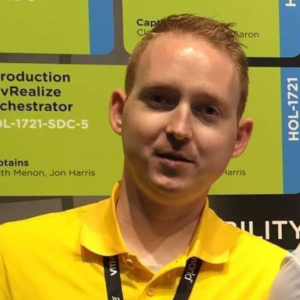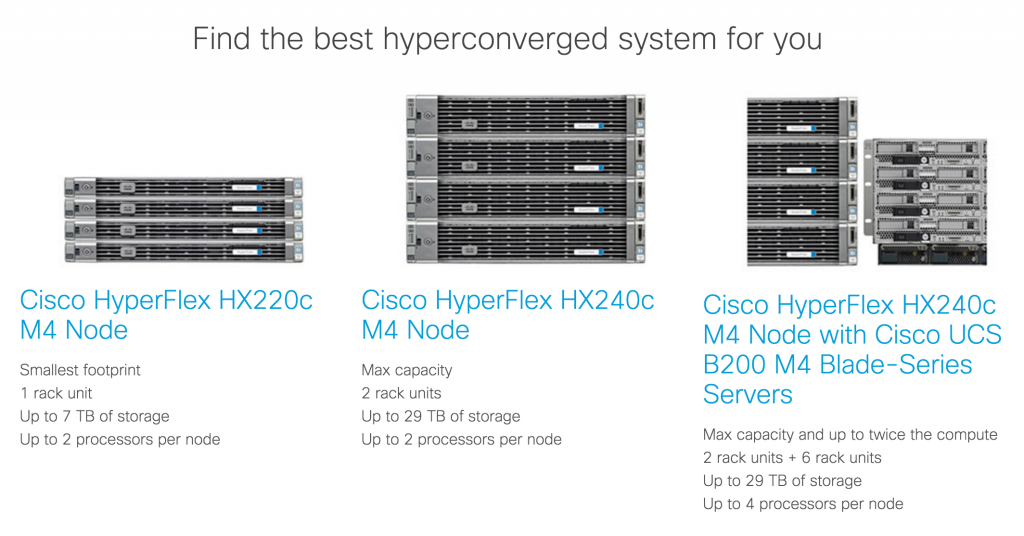A few years ago, I created the first version of the Cisco UCS Inventory Script (UIS), a PowerShell script to read all the configuration and environment data from a UCS Manager. It can help you to get an easy overview of UCS installations after completing the initial build, or on an ongoing basis. To answer basic questions like “How many port licenses do we have left?” or “Did we create VLAN X?” – when you have no easy connectivity to the management console.
Next to reporting configuration and environment data, it also provides some basic recommendations about the configuration.
The … Read more


